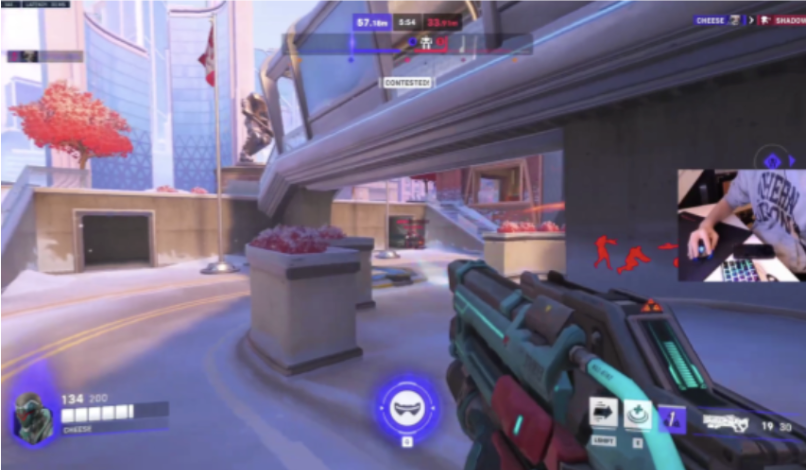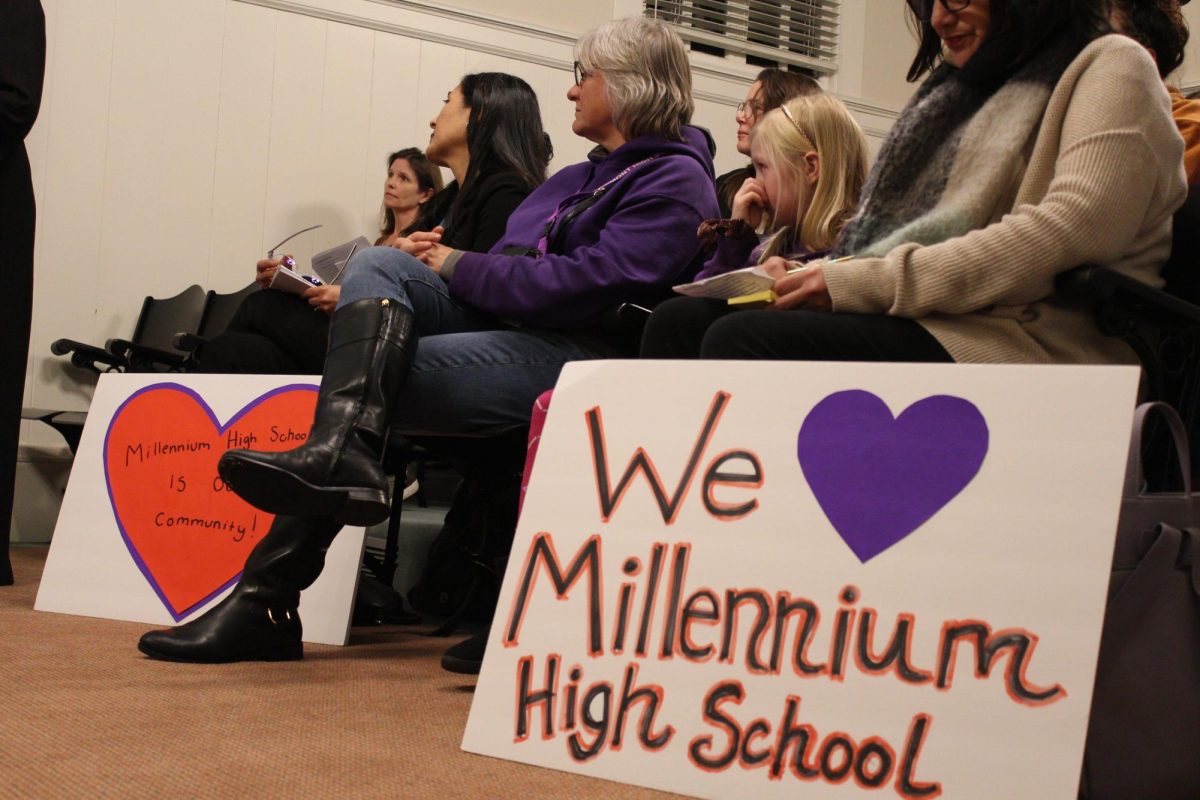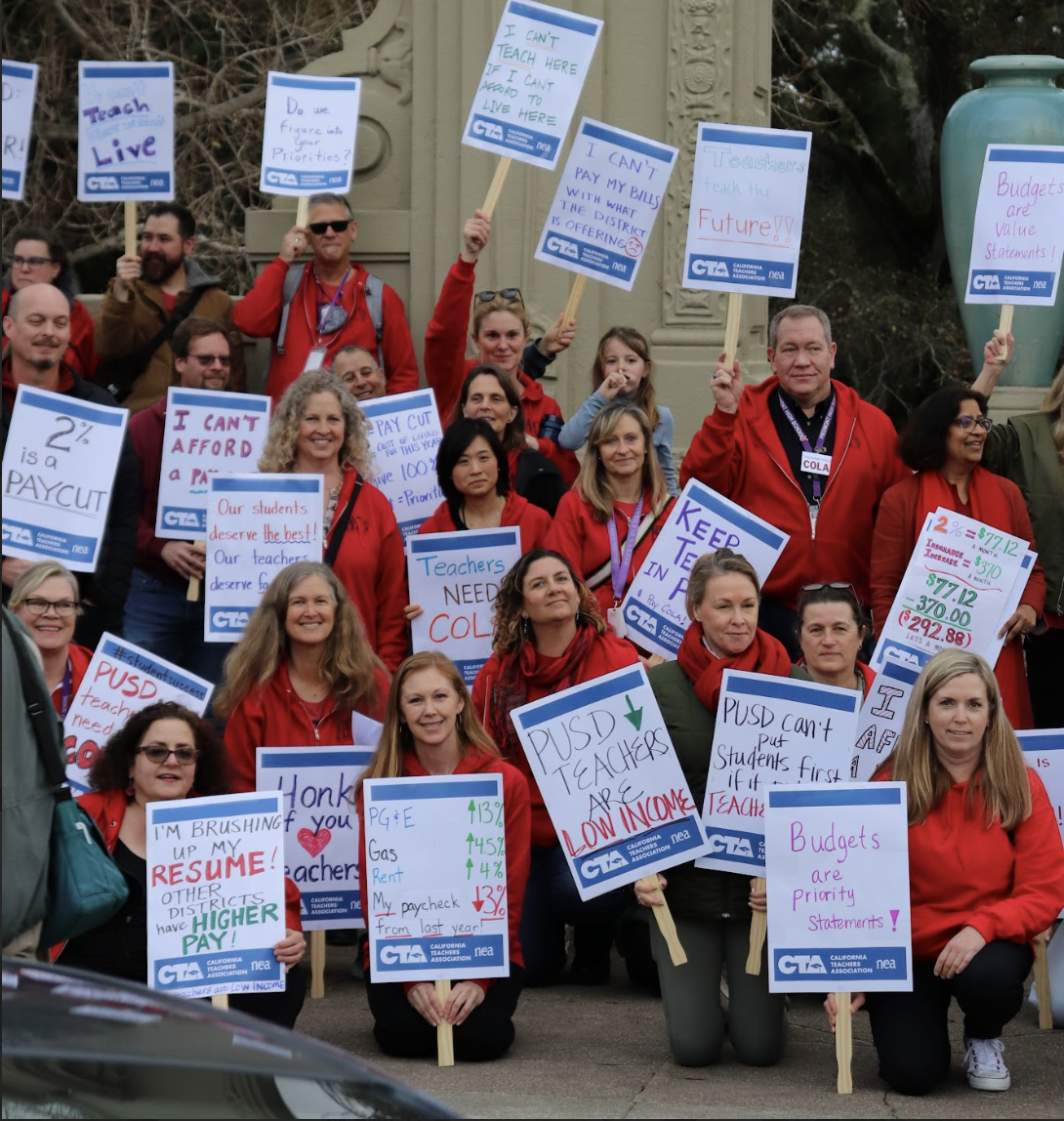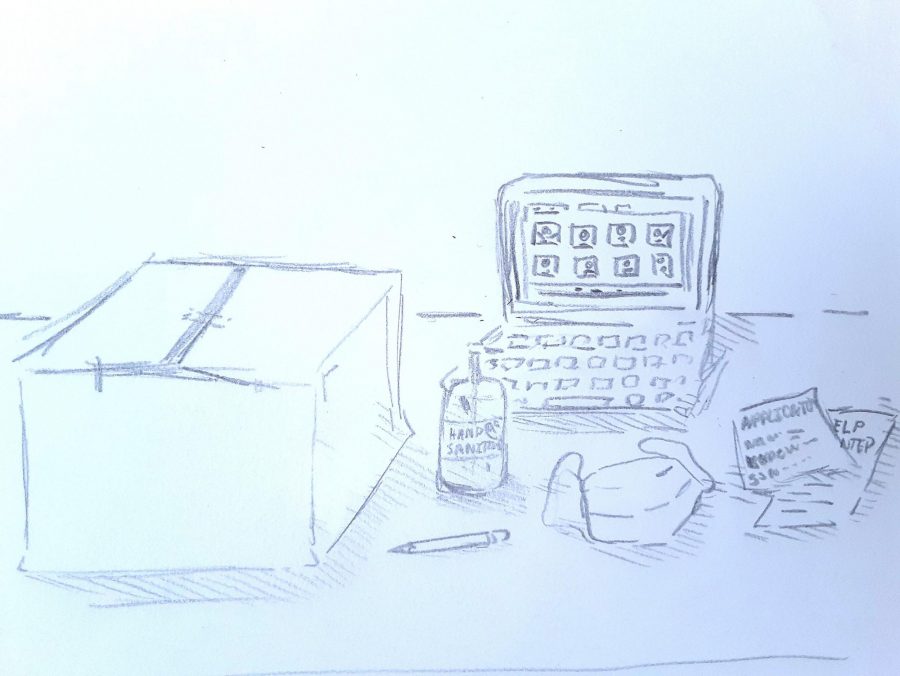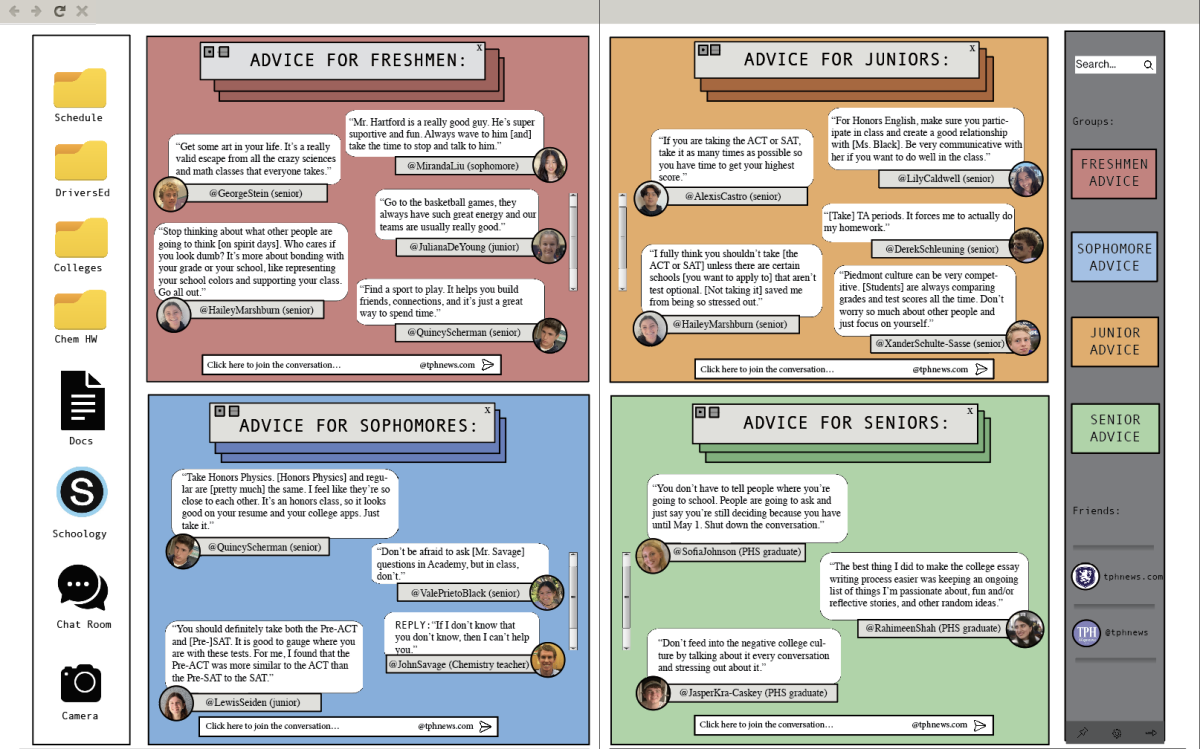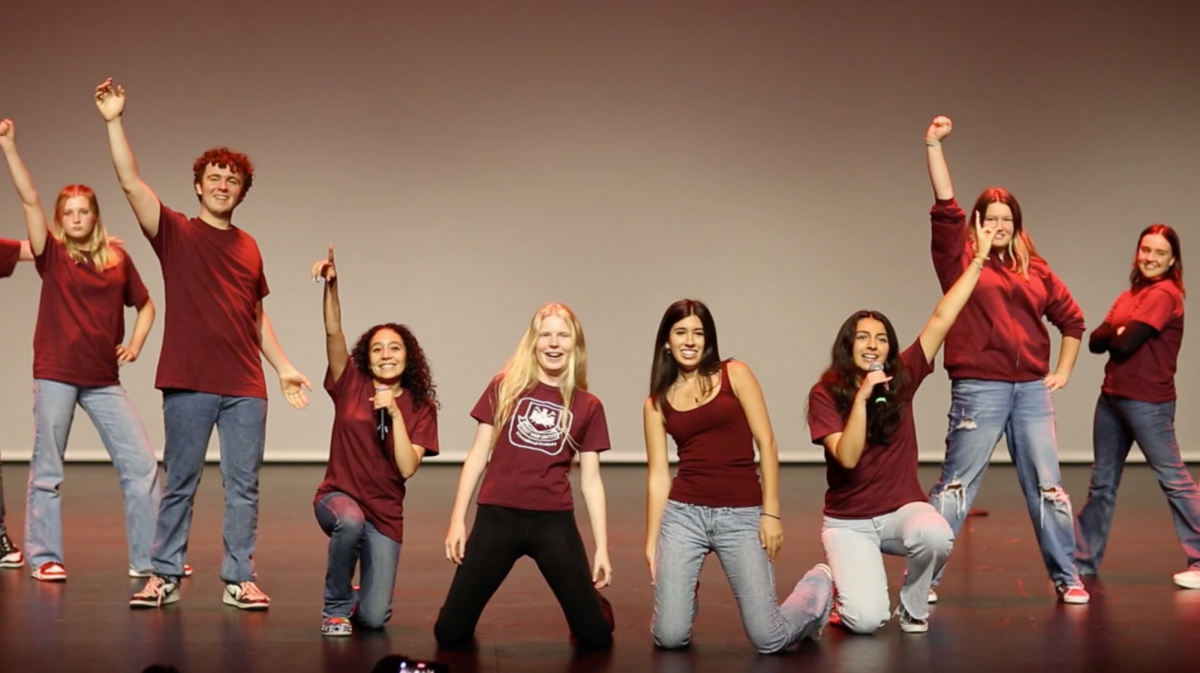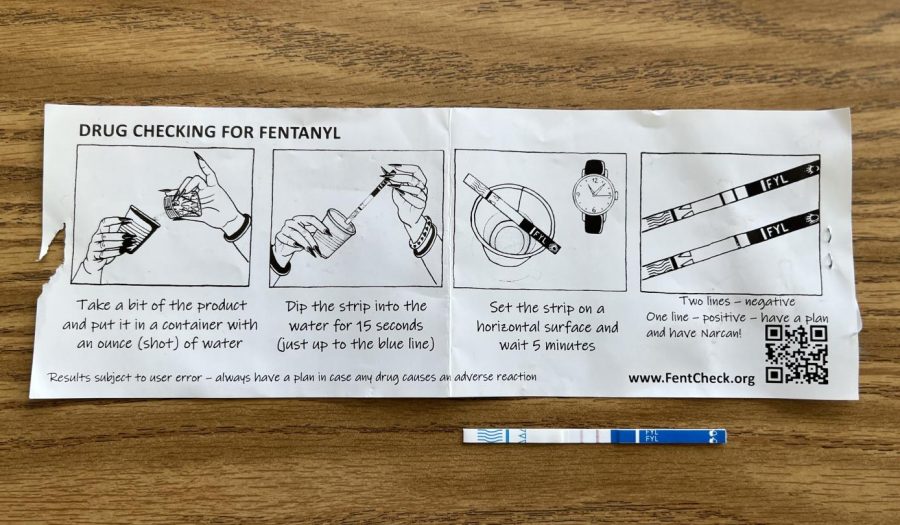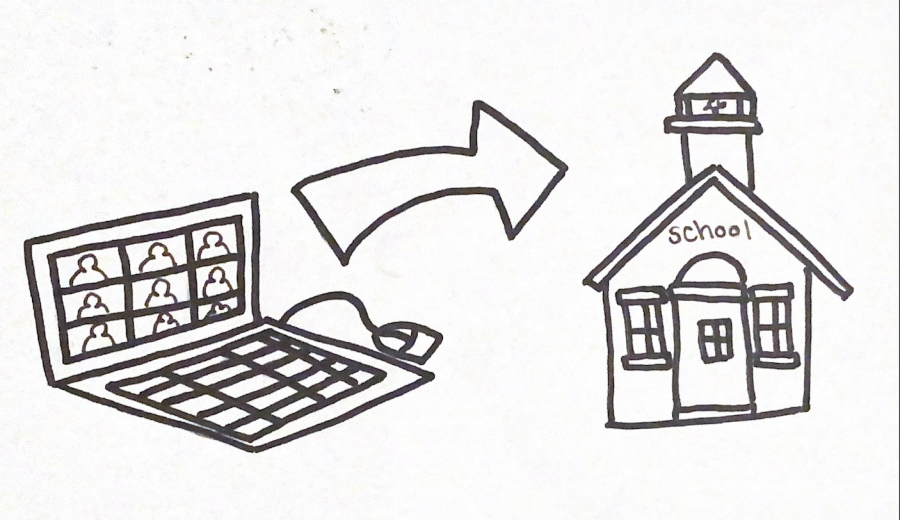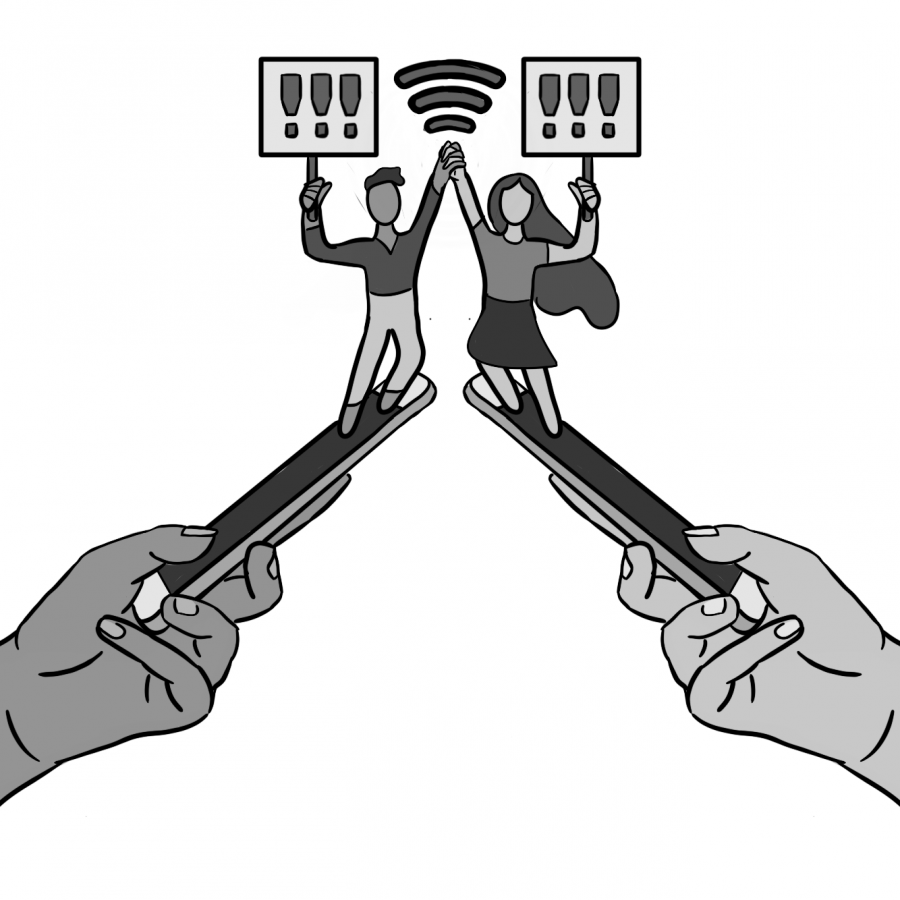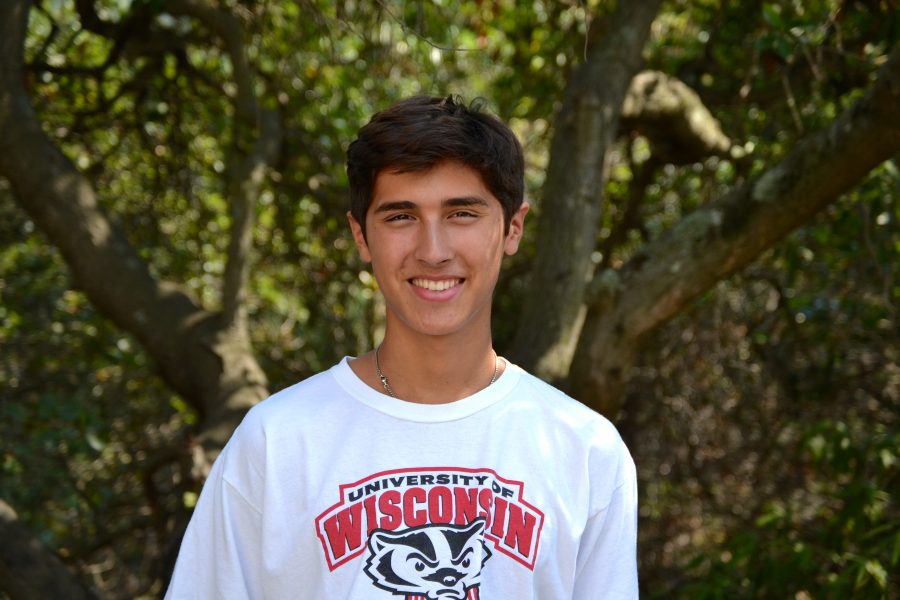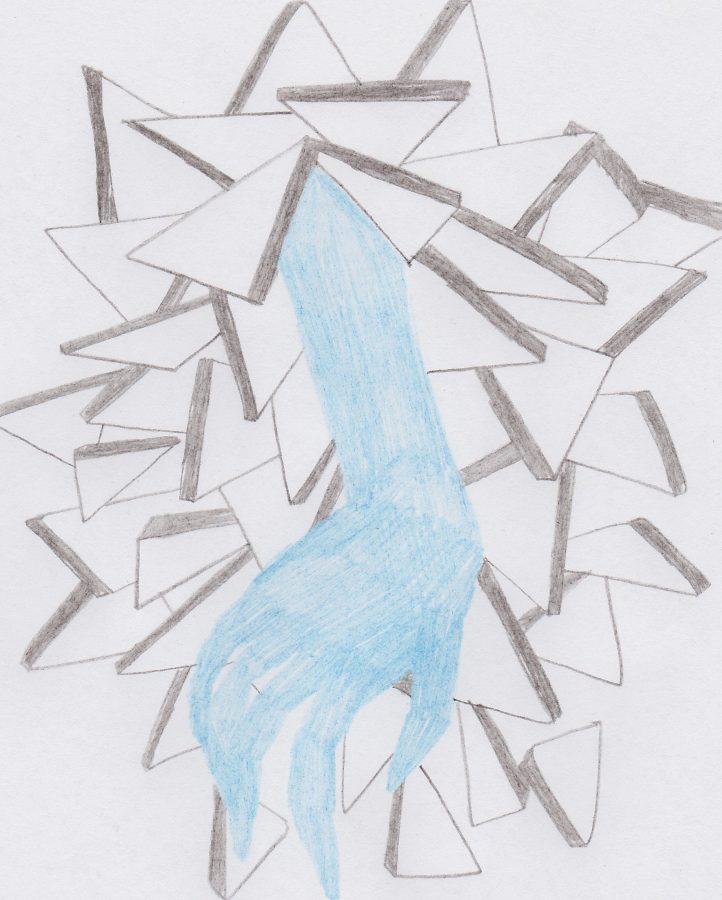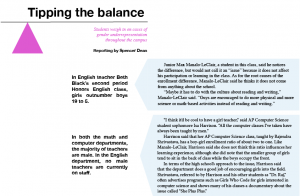Diane Ehrensaft, PhD, is a clinical psychologist based in Oakland. Ehrensaft is a founding member of the Child and Adolescent Gender Center and the author of The Gender Creative Child, published in 2016.
SD: What can a community, specifically a high school, do to become more encouraging for people to be open about their gender identities?
DE: I think for a high school, there should be a curriculum from freshman to senior year in which gender is taught in the classroom and is taught in new ways of gender diversity… There should be recognition, in posters on the wall and language used in all the classes that gender just isn’t male-female and that people can change their gender so that you have that visually represented and represented in texts and discussions. There should be principles set up so that if anybody is given a hard time about their gender, the whole community steps in and basically says, “You know, that wasn’t okay.” There definitely should be a place where people can go at school in terms of a support group and talk about if they’re gender-nonconforming or transgender. They should be able to open to anybody who wants to talk about gender and say, “This is my life. This is who I am,” and find positive support and feedback for that.
SD: I have heard of the term “microaggressions” used to describe lots of small, almost unnoticed things people say that somehow lessen people in marginalized groups like genderqueer. What are some of the most common microaggressions? Do you think the offenders notice the effect of what they say? What do you think can or should be done to combat them?
DE: It is critically the school’s obligation to address microaggressions wherever they occur. The problem is as much as it is one little thing that happens one day, if you add it up it can be a trauma. For example, if a teacher refuses to use the pronoun that a student asked the teacher to use and repeatedly won’t use it, that’s an accumulation of microaggressions that can make that particular student feel invisible and misunderstood. Those microaggressions absolutely have to be combated and it’s the school’s responsibility to do that. The same [goes] any time it happens in the hallway when one kid stops another kid and says, “Hey you’re a boy, why are you wearing nail polish?” That’s a microaggression — that question asked in that way — and I believe that it is absolutely the school’s responsibility to create a safe environment for everybody. In fact, it’s federal law, so it’s essential that those microaggressions be paid attention to at all times.
I think it’s a communal responsibility, the whole community: students and the administration and teachers. The worst thing you can be is a passive bystander.
SD: I have noticed some changes at school over the past few years that seem to acknowledge the existence of a group that doesn’t fit into the gender binary. For example, we have a gender neutral restroom and the graduation gowns, which used to be purple for boys and white for girls are now all purple. These seem like small things to me, but with your understanding of gender nonconforming kids, what impact do you think these types of changes can have?
DE: It’s those changes on the ground that can be as powerful changes in policy and laws. But if we put those two together, you have a gender neutral bathroom at your school and that’s great. There is also a law in place for all public schools that anybody at your school has the right to use those bathrooms, gym facilities, any other activity based on the gender they say they are. If you put those two together and the school really makes sure that’s enforced and happens at your school, you’ve got change. So I think change comes from above, but it also comes from below.




